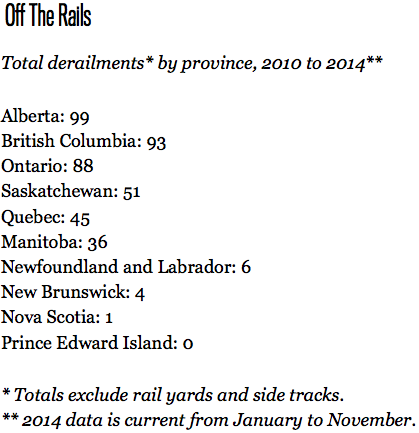Repost from St. Cloud Times, St. Cloud MN
[Editor: Significant quote: “The MnDOT study recommends short-term upgrades at 10 grade crossings throughout the state. It also prioritizes more costly long-term upgrades, such as creating grade separations, at other crossings.” IMPORTANT: The California Department of Transportation should take a few cues from Minnesota, commission a study and make similar recommendations. See also Minnesota officials put price tag at $280M to upgrade oil train routes (MN Star-Tribune) – RS]
Local rail crossings eyed for oil safety upgrades
Mark Sommerhauser, December 31, 2014
Upgrades are on track for train crossings in St. Cloud and Clear Lake, part of a bid to improve safety on Minnesota’s main thoroughfares for shipping oil by rail.
The upgrades are recommended in a new Minnesota Department of Transportation study of rail lines that carry large volumes of oil freight.
As oil production in North Dakota has soared, state officials estimated eight to 13 oil trains go through Minnesota each day. State officials said Minnesota’s most heavily used rail artery for oil transport is the BNSF Railway line that goes through east St. Cloud and other area cities.
The MnDOT study recommends short-term upgrades at 10 grade crossings throughout the state. It also prioritizes more costly long-term upgrades, such as creating grade separations, at other crossings.
The study calls for medians to be installed at grade rail crossings at East St. Germain Street in St. Cloud and at Minnesota Highway 24 in Clear Lake.
The medians are meant to keep motorists from driving around lowered crossing arms. They would cost about $100,000 apiece, according to the study.
The study also calls for connecting and coordinating rail signals with traffic lights at the crossing on Sherburne County Road 11 near Big Lake. That would cost about $500,000, according to the study.
St. Cloud City Engineer Steve Foss said his office had preliminary talks with MnDOT about upgrading the East St. Germain Street crossing.
MnDOT will work with communities to finalize the study’s recommendations, according to a news release from the agency. MnDOT spokeswoman Sue Roe said the projects should move forward after that.
“They’re a ‘go,'” Roe said.
The MnDOT study stems from a 2014 state law directing the Minnesota Department of Transportation to study road crossings on rail lines carrying Bakken crude oil from North Dakota through Minnesota. The measure also appropriated $2 million to upgrade crossings.
About $244 million would be needed to implement the proposed grade separation projects. Those dollars aren’t currently available, Roe said.
The MnDOT news release said the study considers population, facilities and activity within a half-mile radius of each crossing. That distance represents the evacuation zone around an incident for a flammable material spill and fire.
The type of oil being transported from North Dakota, Bakken crude, has prompted particular safety concerns because of its volatility.
A string of rail disasters related to Bakken crude oil also has heightened awareness.
In July 2013, 47 people were killed in Lac-Megantic, Quebec, when a train carrying Bakken crude derailed. Five months later, an oil train crashed and burned after colliding with a derailed freight train near Casselton, North Dakota.





